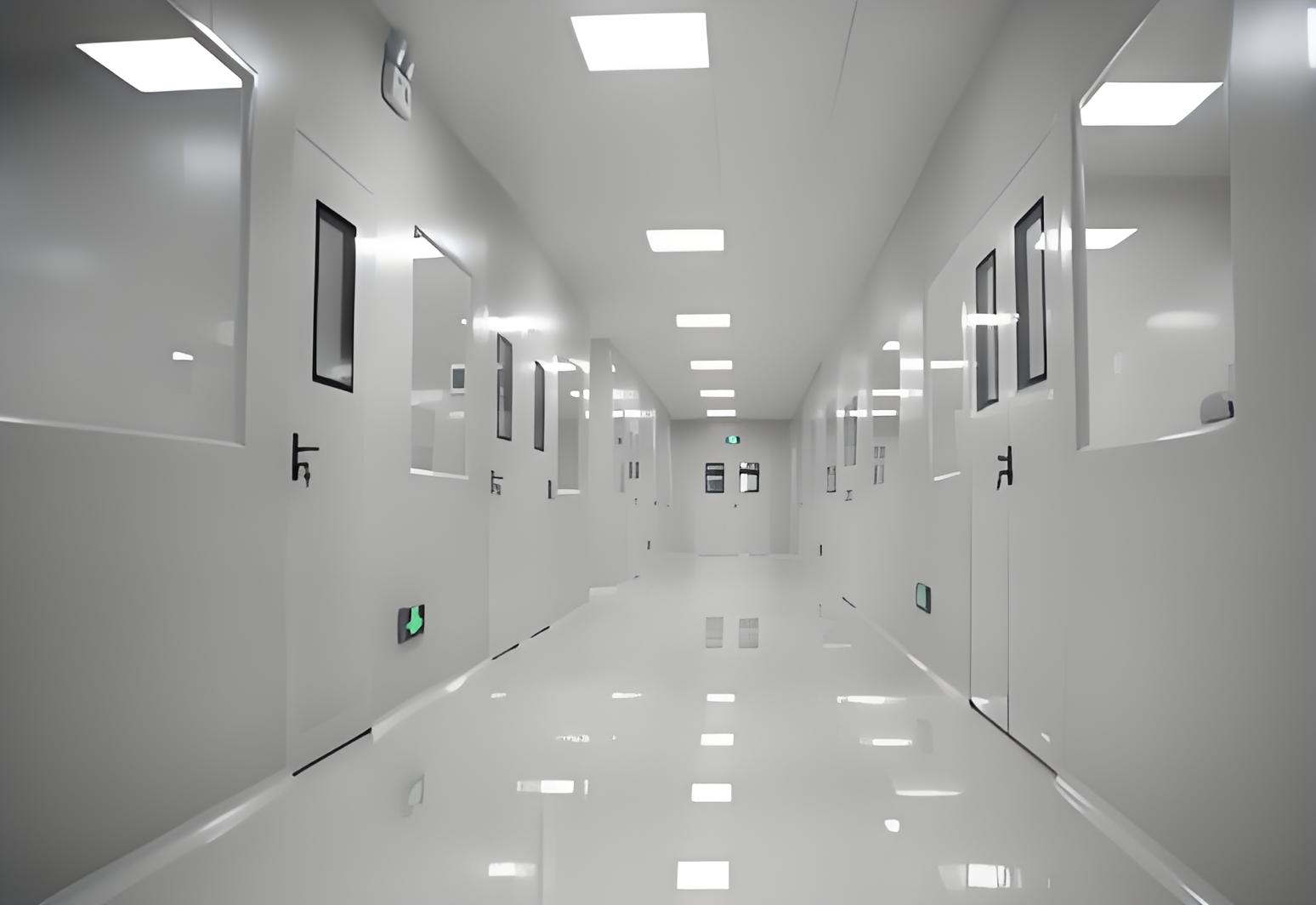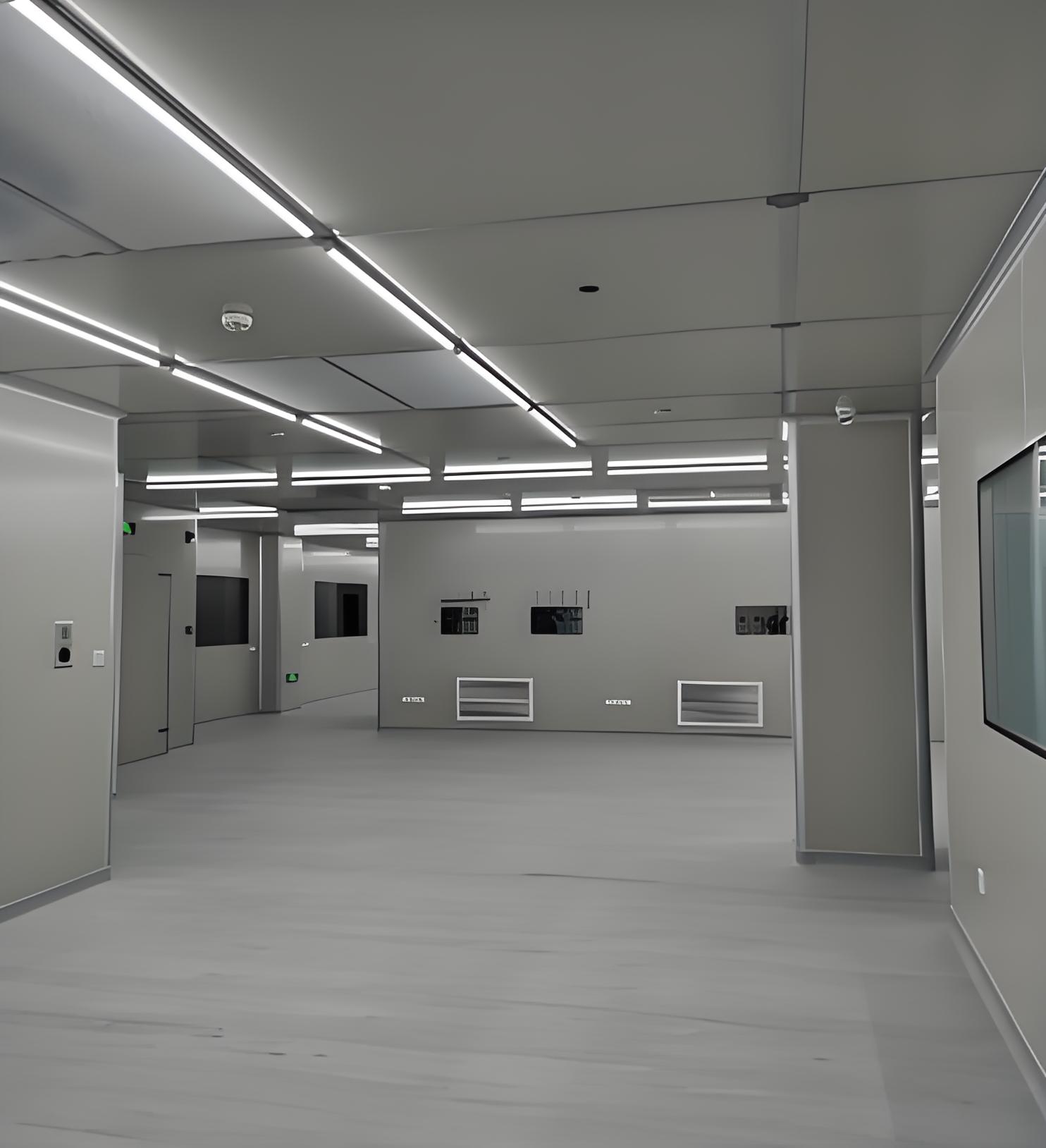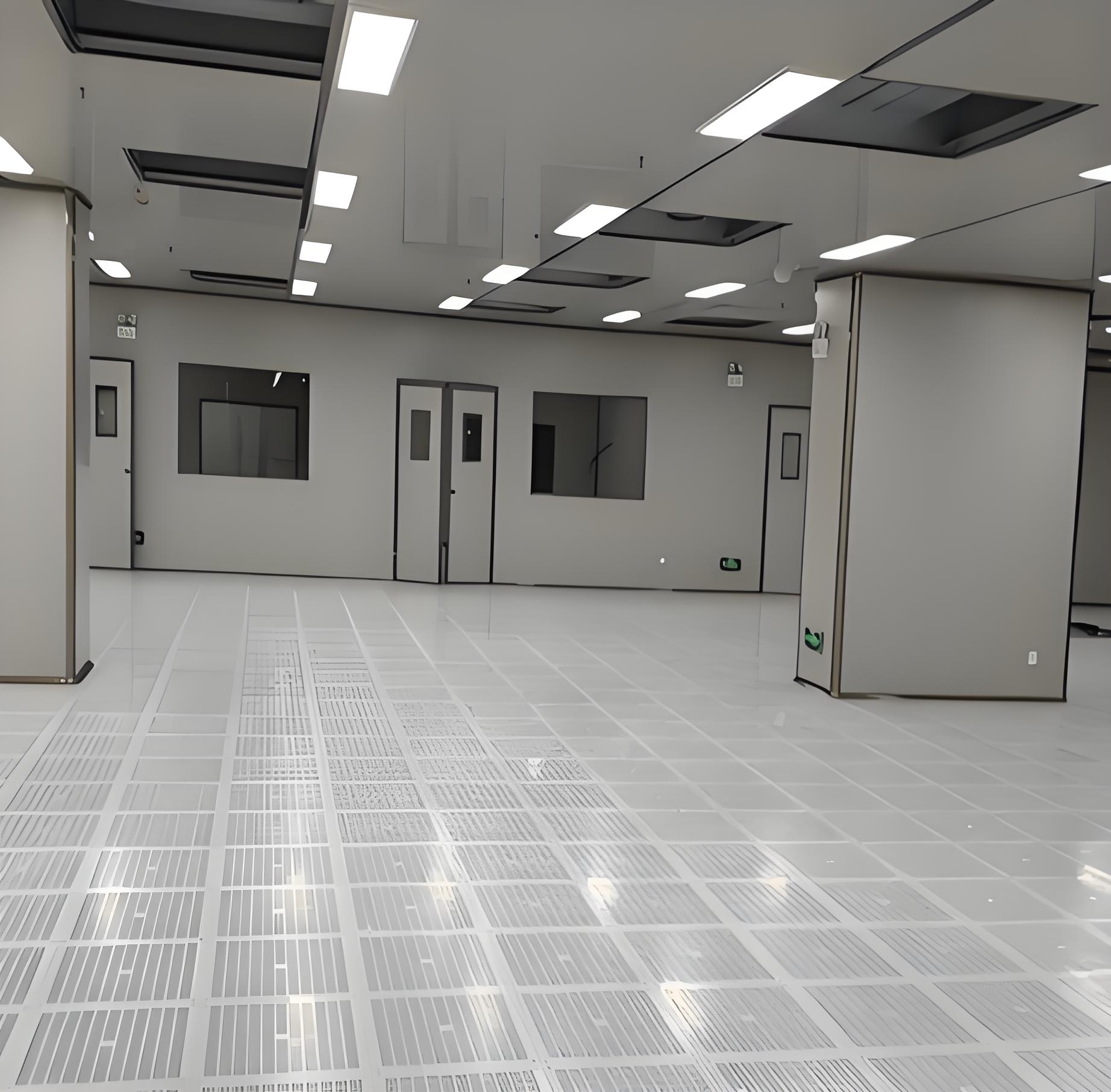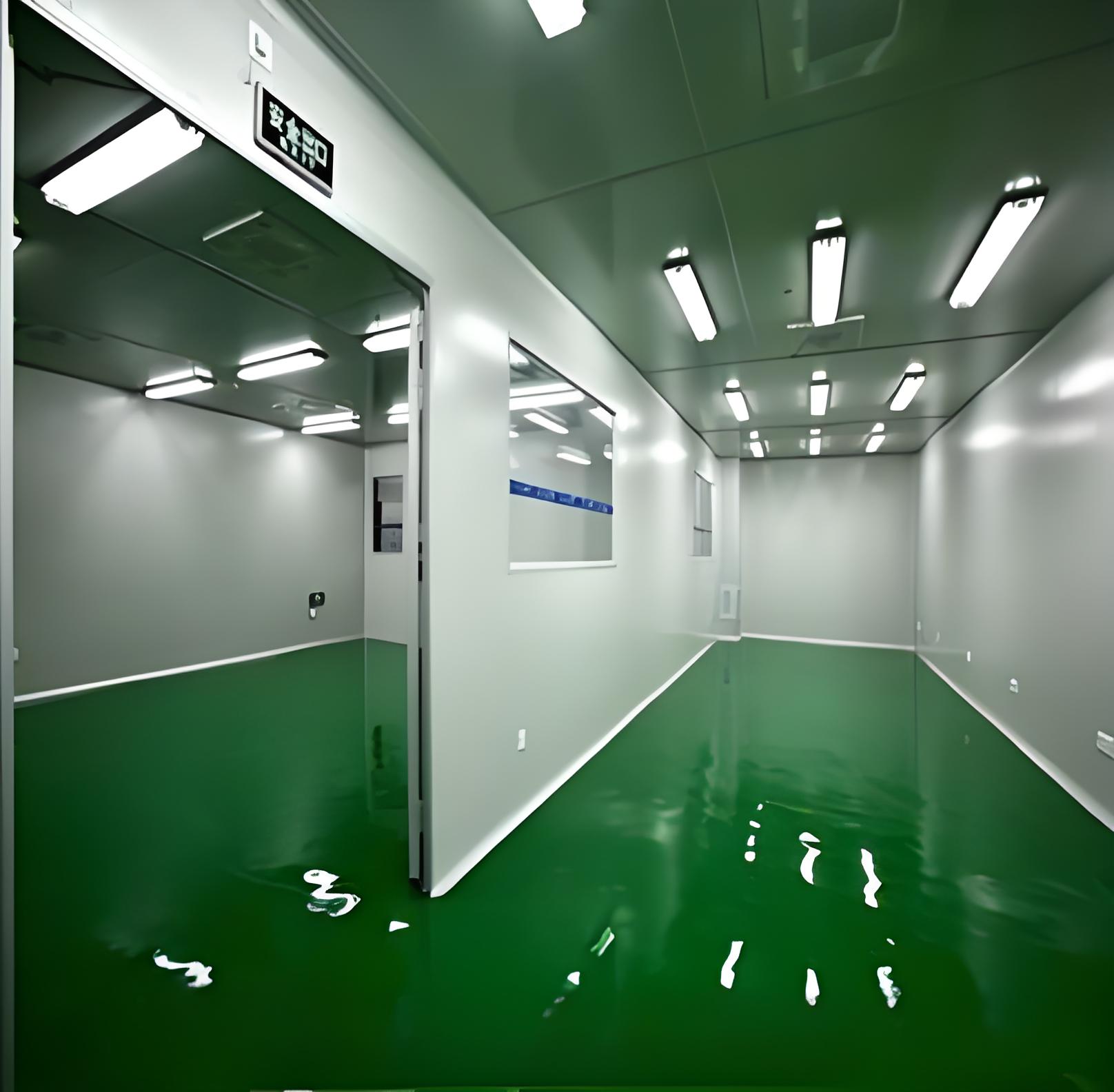




Clean room environment control is a critical aspect of modern industrial and scientific facilities, ensuring that sensitive processes—from semiconductor manufacturing to pharmaceutical production—are conducted in contaminant-free settings. Without precise control over environmental factors, products can be compromised, leading to costly recalls, failures, or health risks. In essence, clean room environment control involves maintaining stringent parameters for air quality, temperature, humidity, and more to meet industry standards like ISO 14644. This article delves into five key areas that form the backbone of effective clean room environment control, providing actionable insights for professionals seeking to optimize their facilities. By focusing on these strategies, organizations can enhance productivity, comply with regulations, and safeguard their operations against contamination.

Maintaining optimal temperature and humidity levels is fundamental to clean room environment control. Fluctuations in these parameters can lead to condensation, microbial growth, or static electricity, all of which jeopardize product integrity. For instance, in pharmaceutical clean rooms, high humidity can promote mold growth, while low humidity may cause electrostatic discharge that damages electronic components. Typically, temperature is kept between 68°F and 72°F (20°C to 22°C), and relative humidity ranges from 30% to 50%, depending on the application. Advanced HVAC systems with precision sensors and automated controls are employed to achieve this stability. These systems continuously monitor conditions and adjust in real-time, ensuring that clean room environment control remains consistent. Regular calibration of sensors and adherence to standards like ISO 14644-3 are essential for validation. By prioritizing temperature and humidity management, facilities can prevent defects and extend the lifespan of equipment, making it a cornerstone of reliable clean room environment control.
Air filtration is at the heart of clean room environment control, as it directly impacts the level of airborne particulates. Clean rooms are classified based on the number and size of particles per cubic meter, with ISO Class 1 being the most stringent. High-efficiency particulate air (HEPA) and ultra-low penetration air (ULPA) filters are commonly used to remove particles as small as 0.3 microns, including dust, microbes, and aerosols. These filters are integrated into the ventilation system, often in laminar or turbulent airflow configurations to minimize contamination. For example, in biotechnology labs, HEPA filters help maintain sterile conditions by capturing bacteria and viruses. Regular testing and replacement of filters are crucial; standards like ISO 14644-2 mandate periodic checks to ensure efficiency. Additionally, proper sealing of the clean room structure prevents external contaminants from entering. By focusing on advanced air filtration, organizations can achieve the desired particulate levels, reinforcing robust clean room environment control and reducing the risk of product contamination.
Controlling air pressure and airflow patterns is vital for effective clean room environment control, as it prevents cross-contamination between different zones. Clean rooms typically maintain positive pressure relative to adjacent areas, ensuring that air flows outwards and keeps contaminants from entering. In some cases, such as in isolation rooms for hazardous materials, negative pressure might be used to contain pollutants. Airflow design—whether unidirectional (laminar) or non-unidirectional—plays a key role in sweeping particles away from critical areas. For instance, laminar airflow in semiconductor fabrication directs particles toward exhaust systems, safeguarding sensitive components. Monitoring devices like pressure differential sensors provide real-time data, allowing for immediate adjustments. Compliance with guidelines from organizations like the FDA or EU GMP is necessary for validation. By mastering pressure and airflow regulation, facilities can enhance safety and efficiency, making it a critical component of comprehensive clean room environment control.

Beyond particulate matter, microbial control is a significant aspect of clean room environment control, especially in healthcare and food industries. Bacteria, fungi, and viruses can thrive in poorly managed environments, leading to spoilage or infections. Strategies include using disinfectants, ultraviolet (UV) light systems, and strict hygiene protocols for personnel. For example, in pharmaceutical clean rooms, employees wear sterile gowns and undergo air showers to minimize microbial introduction. Surface materials are chosen for easy cleaning and resistance to corrosion. Regular environmental monitoring, such as swab testing and air sampling, helps detect microbial levels early. Standards like ISO 14698 provide frameworks for biocontamination control. Integrating these measures ensures that clean room environment control addresses biological threats, protecting both products and end-users from harm.
Sustaining clean room environment control requires continuous monitoring, validation, and proactive maintenance. Automated systems with data loggers track parameters like particle counts, temperature, and pressure, generating alerts for deviations. Validation involves rigorous testing—such as particle counting and airflow visualization—to verify compliance with standards like ISO 14644. Scheduled maintenance includes filter replacements, equipment calibrations, and structural inspections to prevent failures. For instance, in aerospace clean rooms, regular audits ensure that environmental conditions meet NASA specifications. Training staff on best practices is equally important, as human error can compromise control efforts. By embedding a culture of ongoing assessment and improvement, organizations can achieve long-term reliability in clean room environment control, minimizing downtime and maximizing operational integrity.
In summary, clean room environment control is a multifaceted discipline that hinges on precise management of temperature, air quality, pressure, microbial levels, and monitoring systems. By implementing these five strategies, facilities can uphold stringent standards, reduce contamination risks, and support high-stakes industries. As technology evolves, innovations in automation and sensors will further refine clean room environment control, making it more efficient and accessible. Prioritizing these areas not only ensures regulatory compliance but also fosters a culture of quality and safety.
Q1: What is the primary goal of clean room environment control?
A1: The primary goal of clean room environment control is to maintain a contaminant-free space by regulating factors like temperature, humidity, particulate levels, and pressure, ensuring product quality and safety in industries such as pharmaceuticals, electronics, and biotechnology.
Q2: How often should HEPA filters be replaced in a clean room?
A2: HEPA filters should be replaced based on usage and environmental conditions, typically every 3 to 5 years, but regular testing as per ISO 14644 standards is recommended to determine the exact timing and ensure optimal performance in clean room environment control.
Q3: Can clean room environment control be automated?
A3: Yes, clean room environment control can be automated using advanced sensors, HVAC systems, and data analytics to monitor and adjust parameters in real-time, improving efficiency and reducing human error.
Q4: What are the consequences of poor clean room environment control?
A4: Poor clean room environment control can lead to contamination, product recalls, equipment damage, regulatory non-compliance, and financial losses, highlighting the importance of stringent control measures.
Q5: How does clean room environment control differ across industries?
A5: Clean room environment control varies by industry; for example, pharmaceutical clean rooms focus on microbial control, while electronics clean rooms prioritize static and particulate management, each adhering to specific standards like ISO classes or GMP guidelines.